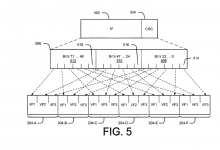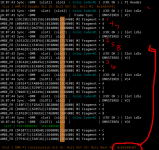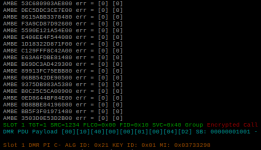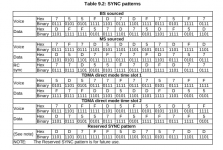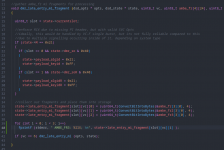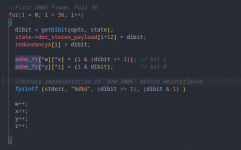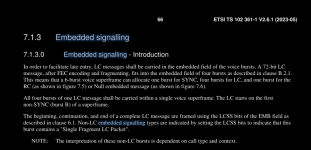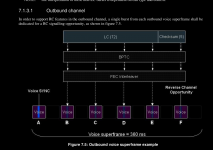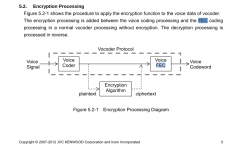lwvmobile
DSD-FME
I think you can 'piggyback' the raw audio from FL into DSD-FME if you use that 'always monitor source audio' option and pipe that into a virtual cable, and then pipe that as input into DSD-FME, and have both decode the same signal, if you wanted FL to decode one particular element, and have FME decode the other.Ok. Maybe I did not explain it correctly. DSD-FME does not decode SMS/TMS, but dsd+ fast line does - until the traffic is encrypted. So i was wondering if in the near future, there is any possibility to dsd-fme decode this kind of data or (as you already answered) to push decrypted signal to dsd+ fastline to decode sms/tms.
You could also submit samples of your SMS messages if you wanted FME to decode them, and I'll look into it and see what can be done, would just need to know what to look for as far as what the message is supposed to say, etc. If its an encrypted SMS, then I can't do much about it, don't know enough about how data packets are encrypted, if and when they are encrypted.


